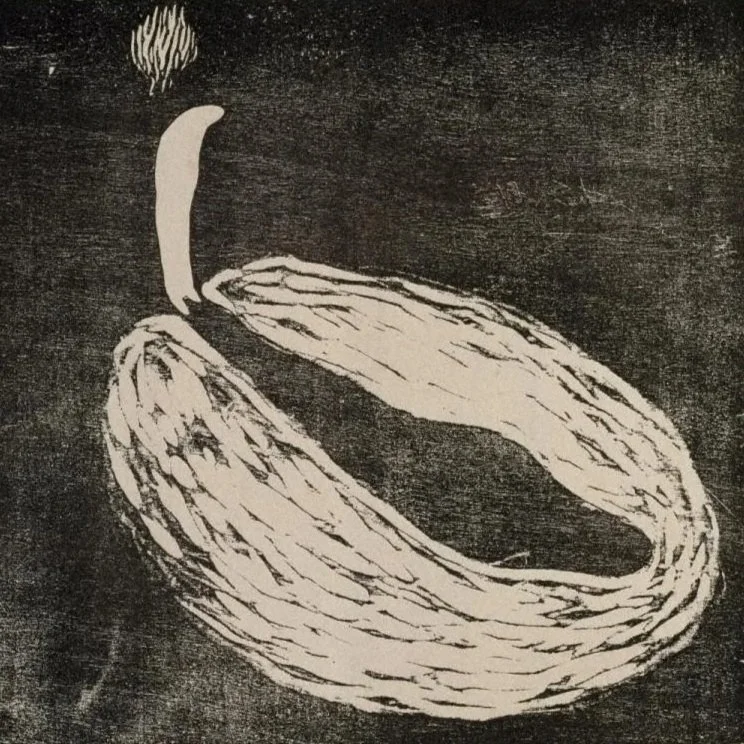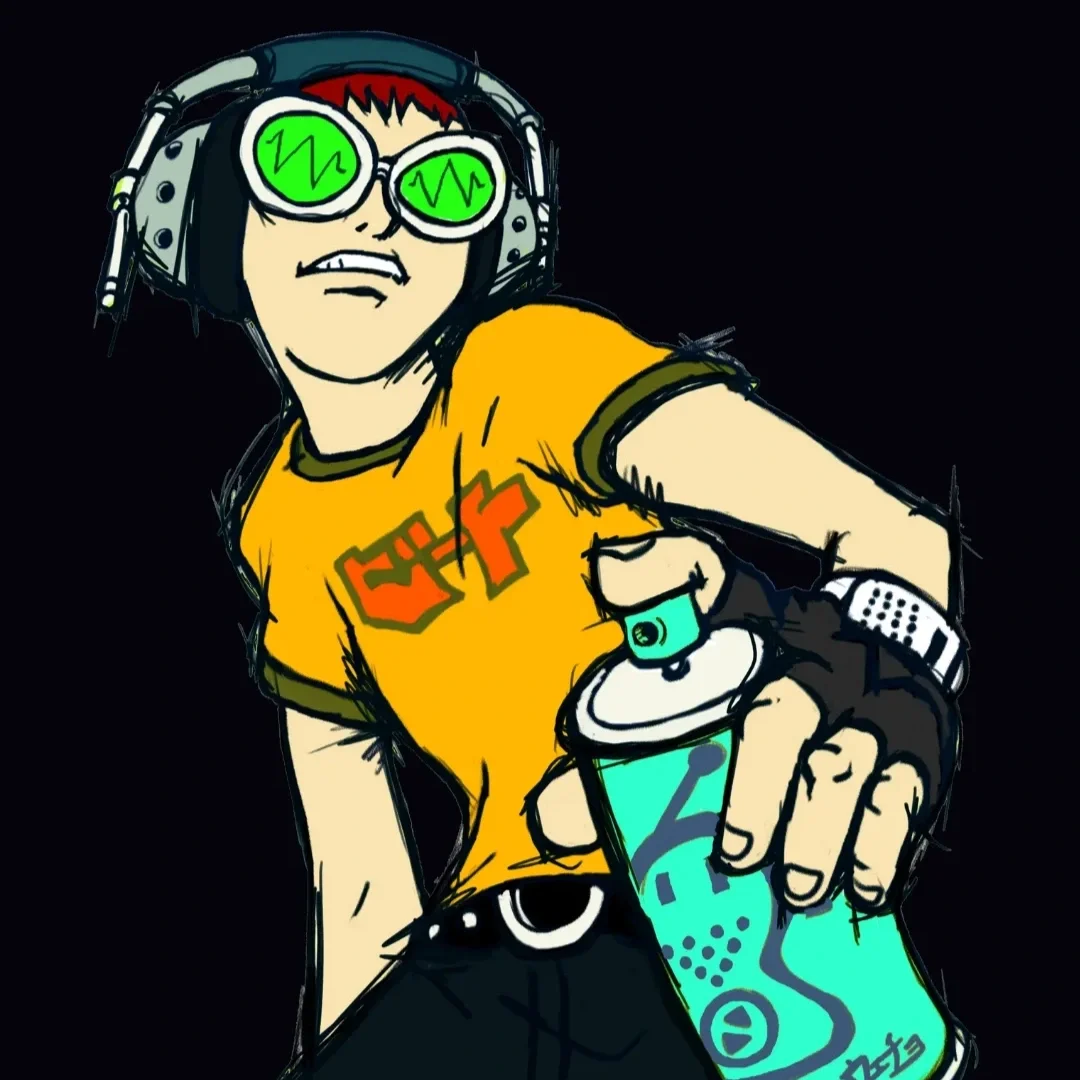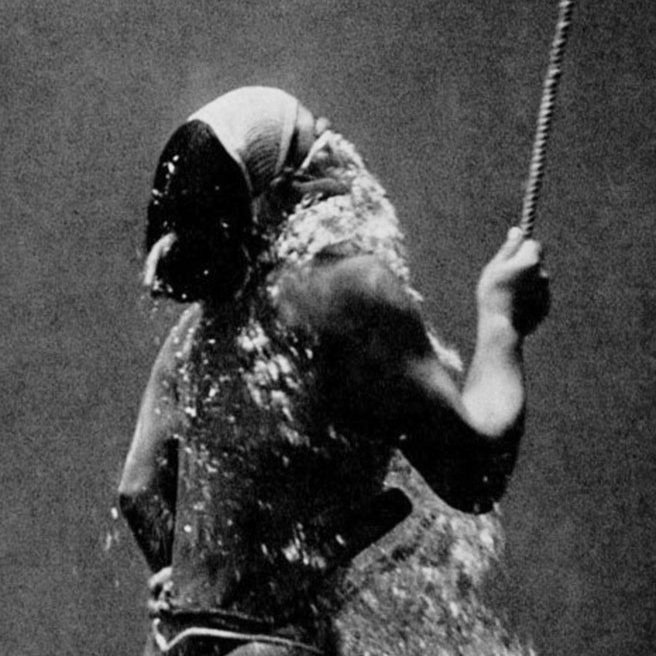The Rise of Japan’s Football Fan Culture - J-League Ultras
Fujieda MYFC vs Shimizu S-Pulse, at Fujieda Football Stadium│via Wikimedia Commons
Whilst many of Japan’s diverse subcultures, from the Otakus of Akihabara to the Lolitas of Harajuku, are renowned across the world, Japan’s football culture remains largely unknown among foreign audiences. For millions of international fans, European football dominates headlines and attention, with Asia and Japan out of the global picture entirely.
Even within Japan, football has long lived in the shadow of baseball. However, in recent decades, it has surged in popularity, supported by an intense subculture of Ultras that surprises even seasoned observers. I went to watch Kawasaki Frontale, a J-League side from Tokyo’s southern suburbs, to check out this surprisingly unknown part of Japanese Subculture.
In this article
What is an Ultra?
From Baseball Diamonds to Football Pitches
A Global Subculture with Japanese Feel
First Off, What Even Is an Ultra?
Ultras are organised groups of fanatical and dedicated football fans, known for their unyielding loyalty, ritualistic chanting and elaborate visual choreography. Unlike regular fans, ultras participate in a more organised and intense support for their club, often spending days preparing for a matchday. Born from the terraces of Italy in the late 1960s, the ultras movement quickly spread across Europe and South America, transforming the matchday experience from a relatively casual affair into an organised, almost theatrical performance.
At Kawasaki Frontale, for example, a cacophony of almost religious-like chanting continued throughout the whole match, with both home and away fans singing without rest from around 30 minutes before kick-off until long after the full-time whistle. There were also huge tifos (elaborate, organised displays of flags, signs and banners) on both sides, creating an almost carnival-like atmosphere within the ground. These performances by fans are meticulously planned: banners are painted days in advance, chants are rehearsed, and leaders, known as capos, choreograph the entire section like conductors of a rowdy orchestra.
Kawasaki Frontale│© Joe Pinner
This scene was far from what I had expected of Japan’s football culture. In a country famed for its politeness and social harmony, the atmosphere at the Todoroki Stadium was surprisingly raucous, with the bellicose chanting of Kawasaki Frontale ultras more akin to that of boozed-up English fans back home than anything traditionally associated with Japan. In fact, the noise coming from the home stands almost certainly matched up to that of most grounds in England, the birthplace of the beautiful Game.
However, unlike English fans, Japanese ultras have managed to create their intense atmospheres without the influence of alcohol (most only drink if their team wins) or a deep-rooted football heritage.
From Baseball Diamonds to Football Pitches
Indeed, football fandom as we know it today is surprisingly new in Japan. While baseball has long dominated the nation’s sporting landscape, the 90s marked the dawn of a football revolution. In 1993, the J-League was born, creating Japan’s first professional football league and promising to popularise the sport in a country where it had long played second fiddle.
The J-League was a hit. Attendances soared from an average of 6,707 in the final season of the previous semi-pro league in 1992 to over 19,000 by the second J-League season. The sport hit its stride on the global stage, too, with Japan’s national team debuting in the World Cup in 1998 and co-hosting the 2002 tournament with South Korea.
The very nature of Japan’s domestic clubs was changing, too. Whilst Japanese football had previously been dominated by teams named after their corporate owners, the J-League sought to build local fan bases around independently managed regional clubs, modelling its system on Germany’s Bundesliga.
Japan vs Thailand, at Shinjuku National Stadium│via Wikimedia Commons│© Yuki Uchida
Company-sponsored clubs were made to change their names to reflect their local areas; Fujitsu Soccer Club became Kawasaki Frontale, Hitachi FC became Kashiwa Reysol, and Toyota Motors SC became Nagoya Grampus. Forcing clubs to be rooted in their local areas increased their appeal beyond that of company workers whilst also creating fertile ground for regional rivalries, spurring a more intense fandom, and with it, the birth of Japan’s ultras.
But Japan didn’t have a deep-rooted football tradition to guide its emerging fandom. Instead, the ultras looked abroad for inspiration, borrowing from the culture, language and sounds of established footballing nations in South America and Europe. The result? A uniquely Japanese blend of global traditions, where fans sing in Argentinian-accented Spanish one moment and display tifos reminiscent of Italian ultras the next.
A Global Subculture with a Distinctly Japanese Feel
Today, more than thirty years on since the creation of the J-League, global traditions remain at the heart of Japanese football culture. Visit the stands of Shimizu S-Pulse and you’ll be graced by the sounds of Brazilian-style samba, whilst at FC Tokyo, fans sing their own version of Liverpool’s iconic anthem “You’ll Never Walk Alone”. European languages can often be seen around stadiums; at Kawasaki Frontale, I saw banners emblazoned with slogans like “Forza Kawasaki”, “Vai La de Frontale”, and “Sempre Al Tuo Fianco”, referencing the Italian influence in Tokyo’s southern Suburbs.
Yet, there’s always a distinctly Japanese feel. The ultras culture, whilst embodying much of the intensity and dedication of foreign equivalents, lacks the fierce politics and violence that is often seen abroad. Fans pride themselves on creating a welcoming environment free from the violent rivalries that sometimes plague other countries, making it a safe day out even for the uninitiated. Instead of hooliganism, Japanese ultras seem to foster a strong sense of community, sharing pride in their performance and their dedication. And you can feel it. Jumping up and down for ninety-odd minutes, chanting and singing, and sharing in the collective support provides a sense of community and camaraderie that is often hard to find in a city as vast as Tokyo.
After the final whistle blows at the Todoroki Stadium, the crowd doesn’t disperse quickly. Though Frontale lost heavily, the chanting continues, a show of unwavering support for the team. As the lights dim and flags are packed away, what lingers is not the scoreline but the powerful sense of connection between fellow fans, a strong remedy to the urban isolation that too often defines life in one of the world’s loneliest countries. For the ultras of Kawasaki Frontale and beyond, football is more than a game; it is a way to belong.









How Yukinaga continues traditional techniques by working entirely in analog.